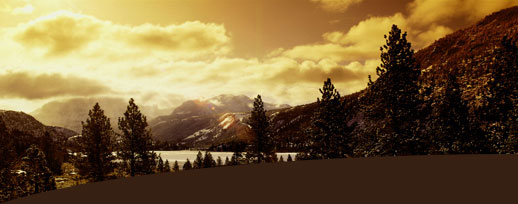
The Start Of The Holocaust
1933
Adolf Hitler becomes Germany’s chancellor, and the Nazi Party is the only sanctioned political organization. Dachau opens as a concentration camp. Jews are banned from professional and civil occupations.
1934
Hitler becomes the self-proclaimed “Fuhrer” of Germany.
1935
Jews are prohibited from flying the German flag and banned from the German armed forces. Anti-Semitic behavior is fueled by Hitler’s followers. The murder of the “genetically inferior” gains momentum. Churches supply the government with information on who is Christian and who is Jewish.
1936
Germany plays host to the 1936 summer Olympics, which cover up any signs of anti-Semitism. Jews pay a 25 percent tax on their assets in Germany. Homosexuals are increasingly targeted for persecution.
1937
More Jewish business owners lose the right to earn a living. The Buchenwald concentration camp opens. Hitler shows off his power during a Nuremberg parade featuring 600,000 troops.
1938
The German army takes control of Austria, while Poland struggles with anti-Jewish riots. A new law allows seizure of Jewish assets. Jewish physicians can treat only Jewish patients. All Jews must sign up for identity cards. All Jewish passports must now be marked with the letter “J.” Kristallnacht, Night of Broken Glass, erupts in Germany and Austria November 9-10, destroying Jewish synagogues and businesses, killing nearly 100 Jews and sending about 30,000 men to concentration camps for a few weeks. Schools deny education to Jewish students.
1939
The names “Sarah” and “Israel” are forced upon Jews. The Nazis invade Czechoslovakia, Lithuania and Poland. Food is rationed to Jews. Up to 80,000 “undesirable” individuals die from “mercy killings.” In addition to Jews, other enemies of the state include Jehovah’s Witnesses, gypsies, alcoholics, homosexuals and “mental defectives.” Germany confiscates all Jewish radios. Thousands of Jews are systematically murdered by the Nazis.
1940
Army barracks in Auschwitz, Poland, are converted into a concentration camp. The Warsaw Ghetto is established, cutting thousands of Jews off from the outside world in a stark, deadly environment.
1941
The “final solution,” the extermination of all Jews, starts at Auschwitz. About 1,600 Jews are forced into a barn, which is set on fire by a band of Polish people, one of many groups influenced by Nazi propaganda blaming Jews for the ills of the world. Retaliation against the Jewish population is unimaginably brutal and sadistic. German Jews are forced to wear the Star of David on their clothes. Jewish children are often targets of execution to eliminate future Jews. The entire Jewish population in some European communities is wiped out. Gas chambers are introduced at Auschwitz late that year.
1942
Almost 5,000 Jews die of starvation in the Warsaw Ghetto in March alone. Thousands of Jews are murdered in isolated killing sprees throughout eastern Europe. About 600,000 Jews die at the Belzec camp. Germany’s public transportation denies Jews access. In late June, the London Daily Telegraph reports that more than 1 million Jews had been killed in Europe.
1943
The Nazis hunt for Jews in Polish forests. A new crematorium at Auschwitz burns 1,440 bodies a day. The Warsaw Ghetto uprising ends with fires and the liquidation or death of the remaining 56,000 Jews. An estimated 2 million Jews have been murdered by the Nazis by spring. Three death camps are razed by the Nazis.
1944
Nazis continue to export Jews from Hungary, Greece, France and Italy to death camps; an estimated 290,000 Hungarian Jews are murdered in 23 days. After the invasion of Normandy, the Allies push across eastern Europe and uncover evidence of the “final solution,” though it is not over yet.
1945
Liberation continues, but the Nazis still murder thousands of prisoners to cover up their crimes. Many of the freed Jews who survive have nowhere to go and end up in “displaced persons” camps. Some will find their way to the Peoria area. The war finally ends, but we must never forget.